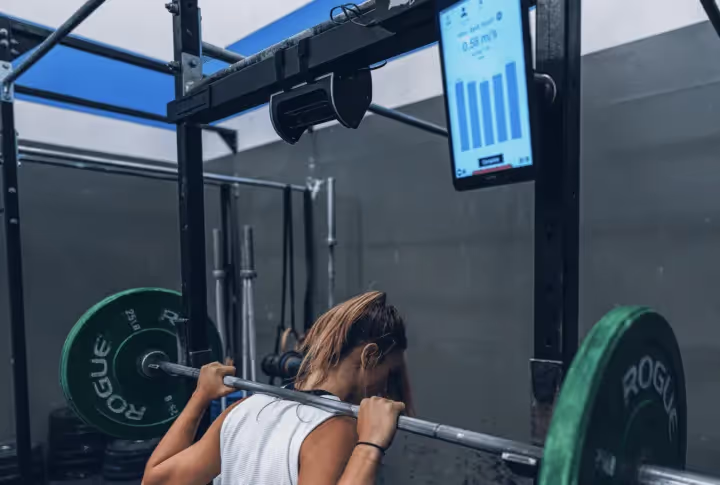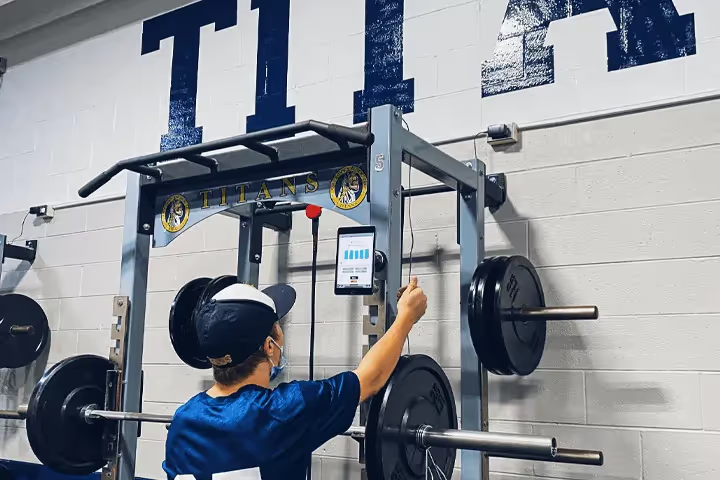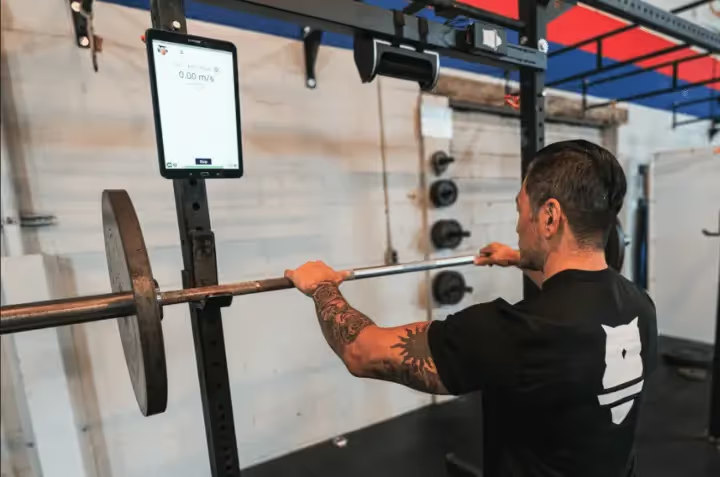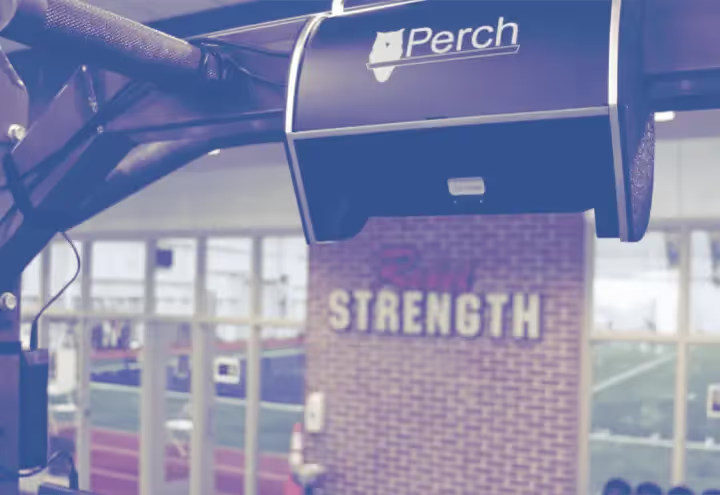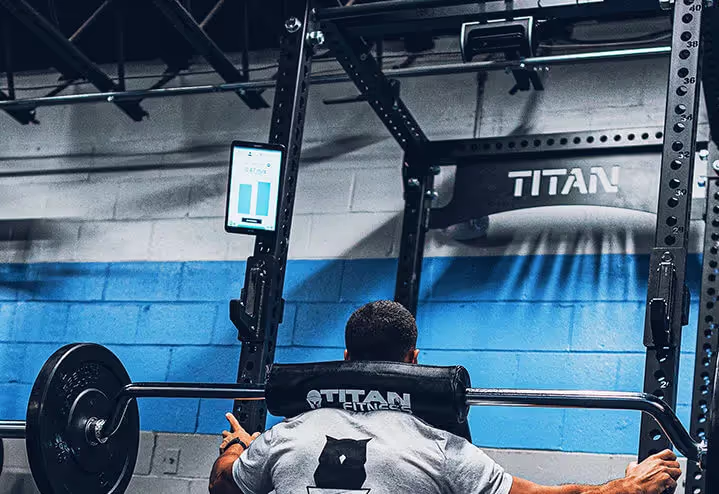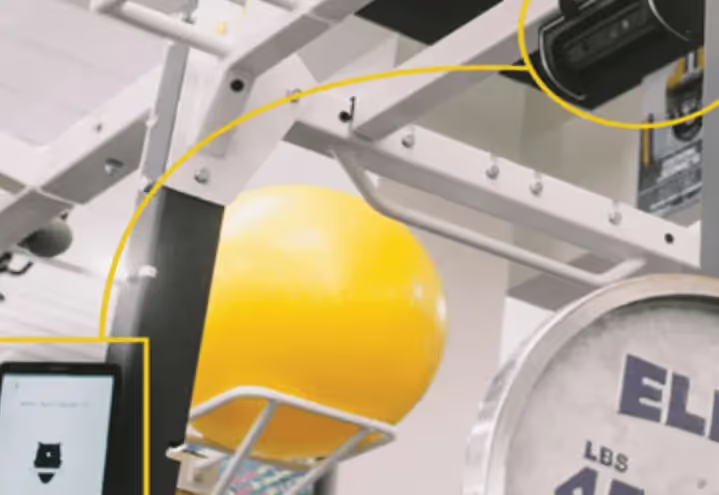Molly Binetti Guest Post

Molly Binetti is the sports performance coach for the South Carolina Gamecocks Women’s Basketball Team. after earning her Bachelor’s Degree in Exercise Physiology from Marquette in 2012, Binetti completed her master’s in Kinesiology and Exercise Science at Minnesota in 2013.
Binetti began her career at purdue where she served as the Sports Performance Coach for Women’s Tennis, Men’s and Women’s Diving and Cheerleading. She then spent four seasons at Louisville working with Volleyball, Softball and Women’s Tennis and as the Secondary Sports Performance Coach for Women’s Basketball. At Louisville, she developed an expertise in power development and applied sport technologies, a trend she continues at South Carolina.
Binetti has a Strength and Conditioning Coach Certification (SCCC) from the Collegiate Strength and Conditioning Coaches Association (CSCCA) and a Certified Strength and Conditioning Specialist (CSCS) Certification and a Registered Strength and Conditioning Coach (RSCA) by the National Strength and Conditioning Association (NSCA).
She has contributed to two articles published in the Journal of Strength and Conditioning Research, both focused on Women’s Basketball Athletes and has attended the USOC High Performance Symposium in Colorado Springs, CO. she has also spoken on numerous podcasts on topics in the field.

MOLLY BINETTI
I’ll start off by saying this: when it comes to my coaching style, I am about as simple as it gets. Even having the privilege of training some really talented and high-level athletes, 99% of them need the same thing – to be savagely good at the basics, applied in a consistent manner over time, with prescribed variation to continue adaptation. I’ve been in environments where I’ve had zero technology and still managed to do my job well. I’ve also been in environments where the amount of technology I’ve had available at my fingertips made me feel like I should be launching a rocket into outer space, rather than coaching athletes how to properly perform a squat. Existing on both ends of the spectrum has allowed me to sift through the weeds and determine what is smoke and mirrors and what technologies/methodologies actually have an immense impact on athletic performance.
Enter velocity-based training. Our job as performance coaches is to prescribe specific stressors, at specific times, in specific amounts to elicit specific adaptations with the ultimate goal of maximizing physical qualities, allowing athletes to play their sport at the highest level while minimizing the risk of injury. It also includes optimizing the training environment to promote competition, build connection, and influence the psychology of our athletes. That was a mouthful. So, to summarize…our job is to:
- MAXIMIZE development
- MINIMIZE risk
- OPTIMIZE environment
I love checklists, which makes me love VBT because it checks off all three boxes. Below are experiences in which I have used VBT in training and how it fits into each of those three target areas.
“Our job as performance coaches is to prescribe specific stressors, at specific times, in specific amounts to elicit specific adaptations with the ultimate goal of maximizing physical qualities, allowing athletes to play their sport at the highest level while minimizing the risk of injury.”
1. MAXIMIZING ATHLETIC DEVELOPMENT
I often speak with my athletes throughout the training process about “leaving nothing to chance.” When we hit the court we want the feeling of knowing we did everything we could to prepare for that moment. We know we did the right things inside and outside of training to prepare us for the demands of competition. With the influx of training information readily available and the omnipresent Twitter debates over methodologies, periodization, exercises, and single-leg versus double-leg squats, it can cause us to overthink.
Am I incorporating the right exercises, or prescribing the right volume and intensities of those exercises to elicit the proper response? Experience teaches us that what matters is not the exercises we include in our program, but the intent and execution of them. Instead of feeling like a blind-folded Robin Hood, shooting off arrows in hope that they stick to the target (or if we’re lucky, the bullseye), VBT gives the immediate feedback that correct load, speed and volume is being used to achieve the purpose of the exercise and the session as a whole.
As much as we want things to go perfectly and according to plan, let’s face it, it rarely happens. Life is essentially one giant ball of stress and as coaches we are stress managers – we prescribe it in addition to helping our athletes mitigate the effects of stress they experience from training, academics, social life, etc. Some days our athletes have a nearly full bucket but often times they don’t.
Case Study: Athlete A only slept 5 hours last night because she was up late studying and is supposed to squat 60kg at .8 m/s but is only hitting .5 m/s. We lower the load and the next set she hits .81 m/s. Athlete B comes in feeling great and is supposed to squat 60kg at .8 m/s and is hitting 1.0 m/s. We add load until she hits the target. The feedback confirms our arrows are hitting the target we desire, and developing the right quality, rather than just guessing. In addition to ensuring the correct qualities are being developed on a given day, I can also track athlete development over several days/weeks/months/years. In most sports, strength, speed and power (strength x speed) are key performance indicators. With VBT I can track load lifted, speed of that load lifted, and therefore power over time. Example A, an athlete’s prior bench press 1RM was 70kg at .3 m/s and can now lift 70kg at .5 m/s, with a new max of 77kg at .3 m/s. I can use that information to show that athlete she has improved her max strength, is moving the same load faster than she used to, and has improved her power in that movement. At the end of the day, our athletes want to see results and know we can help them get where they want to be. Seeing improvement further builds trust and improves effort in the weight room.
2. MINIMIZING RISK OF INJURY
“THE BEST ABILITY A PLAYER CAN HAVE IS AVAILABILITY.”
We’ve heard this phrase a lot lately, but it is undoubtedly true. The best teams have their best players ready and available on game day (say what you want but I have a hard time believing the Raptors would have won if Kevin Durant was healthy in the Finals this year). My favorite time of year to use VBT is in-season, when managing stress and readiness is essential. My philosophy is to microdose, ensuring that the work we do is based on quality vs. quantity, knowing that volume crushes the body and is a readiness killer.
The competitive season is the longest phase of uninterrupted training in the calendar year, and basketball has one of the longest seasons of any sport. Games are played every 3-4 days and sometimes up to 4 games are played in a week, which makes any sort of planning or periodization difficult to do. This is also the time of year athletes should be their strongest and most powerful, which makes balancing the training with the demands of the season a tall task.
My number one goal is to have our players healthy and as recovered as possible on game day. I use subjective data such as wellness scores and RPE and the objective data from VBT to inform training decisions for each individual on a given day. Each week we do a CMJ and track speed of movement and power output to look at fatigue measures. I will also use VBT on our major movements such as clean pulls, squats and trap bar deadlifts. As outlined in the above section, I’ll use the velocity feedback to adjust loads and set targets for the desired number of reps per set, with the set ending when speed drops off. This helps ensure quality reps are being performed and keeps the volume to the minimal effective dose. It also allows individual adjustments to be made when I need to cut back what I’m doing with athletes who are playing a lot of minutes or ramp up with athletes who are in a developmental phase.
3. OPTIMIZING THE TRAINING ENVIRONMENT
As humans, we are built to connect. We also want to feel important, like we matter, and like our needs our being heard and met. Athletes are human first, and want to know we care. Using technology is cool, but when my athletes know WHY we are using it, and see first-hand the adjustments being made to what they are doing individually, it makes them feel important and builds trust. Not every athlete loves the weight room, but when one of my athletes played 40 minutes in a game two days ago and has to do it again tomorrow, they truly appreciate the feedback and adjustments made to their program. They see that their best interests are actually cared for. Additionally, athletes innately love to compete against themselves and against others. I’ve found VBT to be an incredibly useful tool to increase intent and purpose with each rep and create a competitive environment. Understanding what their personal target is makes them want to not only hit it, but surpass it. Seeing the immediate feedback whether they hit it or not either creates a feeling of satisfaction or a desire to try again if unsuccessful.
While some athletes are driven to compete against themselves, more often than not athletes love to compete against others. The leaderboard tool has been awesome in creating a fun, competitive team atmosphere. An example of this is from when I worked with the softball team at Louisville. Every week we would do 20kg CMJ as part of our in-season monitoring to look at lower body power and fatigue measures. To give more context, we also performed these jumps weekly in the offseason which provided the ability to track progress and understand what is “normal” for each individual. Each time we jumped we threw the leaderboard feature on our TVs to give the team real-time feedback on their outputs. The energy, effort and trash-talking immediately increased because who doesn’t love to be #1 and let all their teammates know about it? Ultimately, I need our players to compete on game day, so we use competition as a regular aspect of our training year-round.
WRAP UP
While the pros of using VBT are bountiful, technology never comes without frustrations. As is the case for almost anything, the use of this technology is very context-dependent. First, with a large group of athletes it can be time-consuming to set up and navigate throughout a session. It takes time on the front end to explain, demo and let your athletes play with it so proceed with caution and understand you will have to show and tell approximately 74 more times before it clicks. Be patient. Some teams and athletes can handle the responsibility and some cannot, that’s okay.
Second, the thing about technology is sometimes it just doesn’t work. For no apparent reason other than to test our patience and throw off our plans. It’s really a love/hate relationship but that’s okay because great coaches always have a plan B (and C, D, E).
Last but not least, some devices have platforms that aren’t super user-friendly which goes back to the first point of it potentially being time-consuming. If it’s not easy to navigate (for myself or my athletes) or to export the data, the chances of me using it are about as good as it snowing in South Carolina. All in all, I’ve found VBT to be a worthwhile investment and a powerful tool in my coaching toolbox.

A huge thank you to Molly for writing our very first guest blog post and for her infinite wisdom! And don’t forget to follow her on Twitter.
OTHER RELEVANT POSTS!
Check out our other Guest Blog Posts with coaches Brandon Golden and Daniel Hicker!
Curious about the Coach’s perspective on VBT? Check out our Coach’s Corner series!
FOLLOW US!
Do you want to write a post for the perch community? Reach out here! Please let us know what you thought! Leave a Comment Below. Follow us on Twitter , Instagram and Linkedin and like us on Facebook.

Start Gathering Data With Perch Today!
Reach out to us to speak with a representative and get started using Perch in your facility.

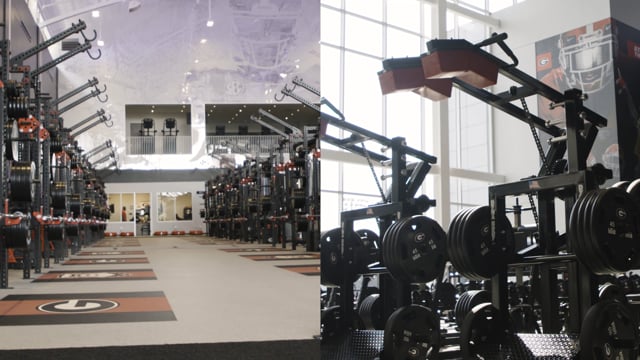
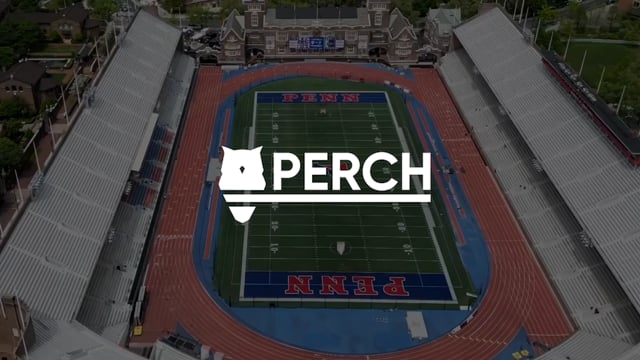

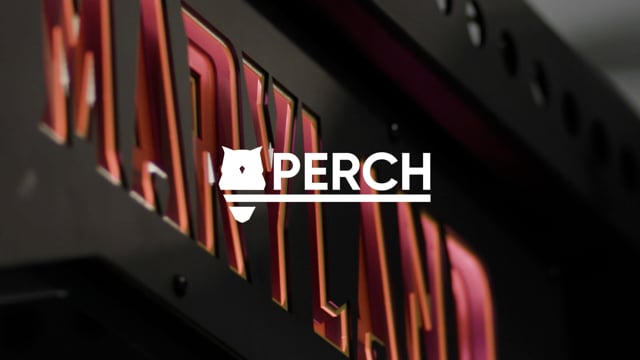
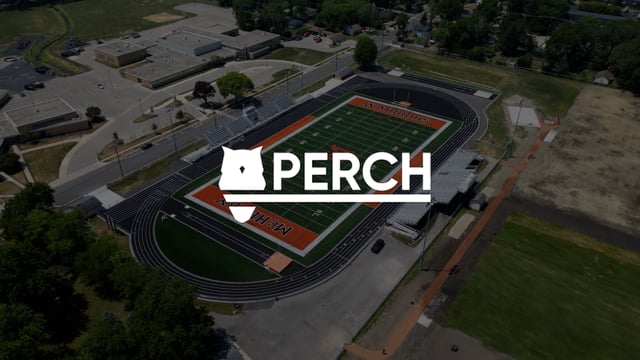
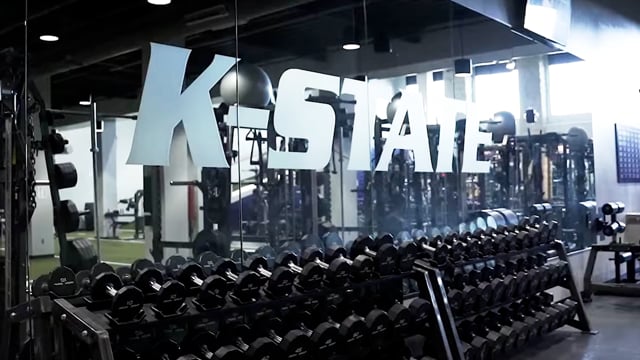


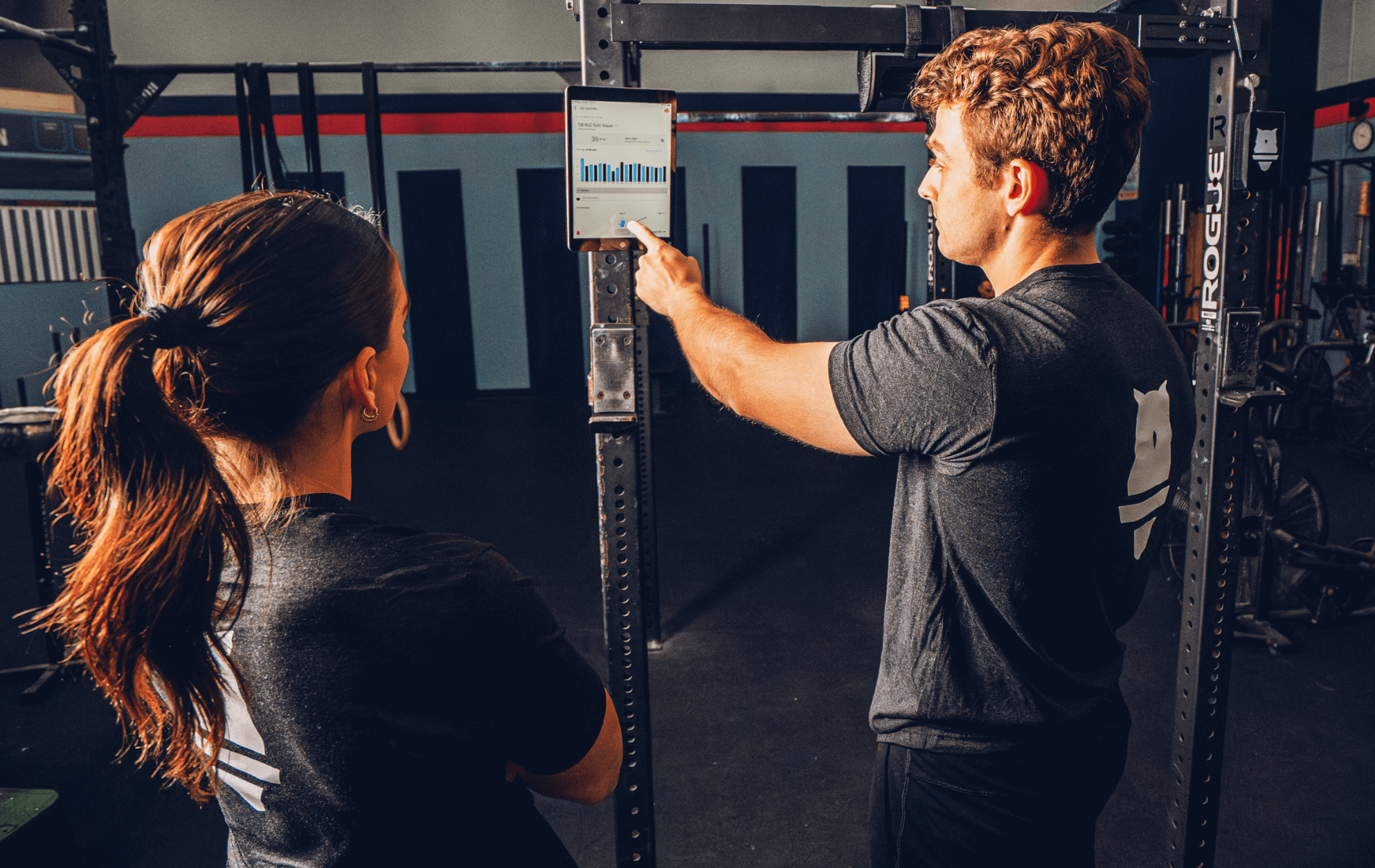
































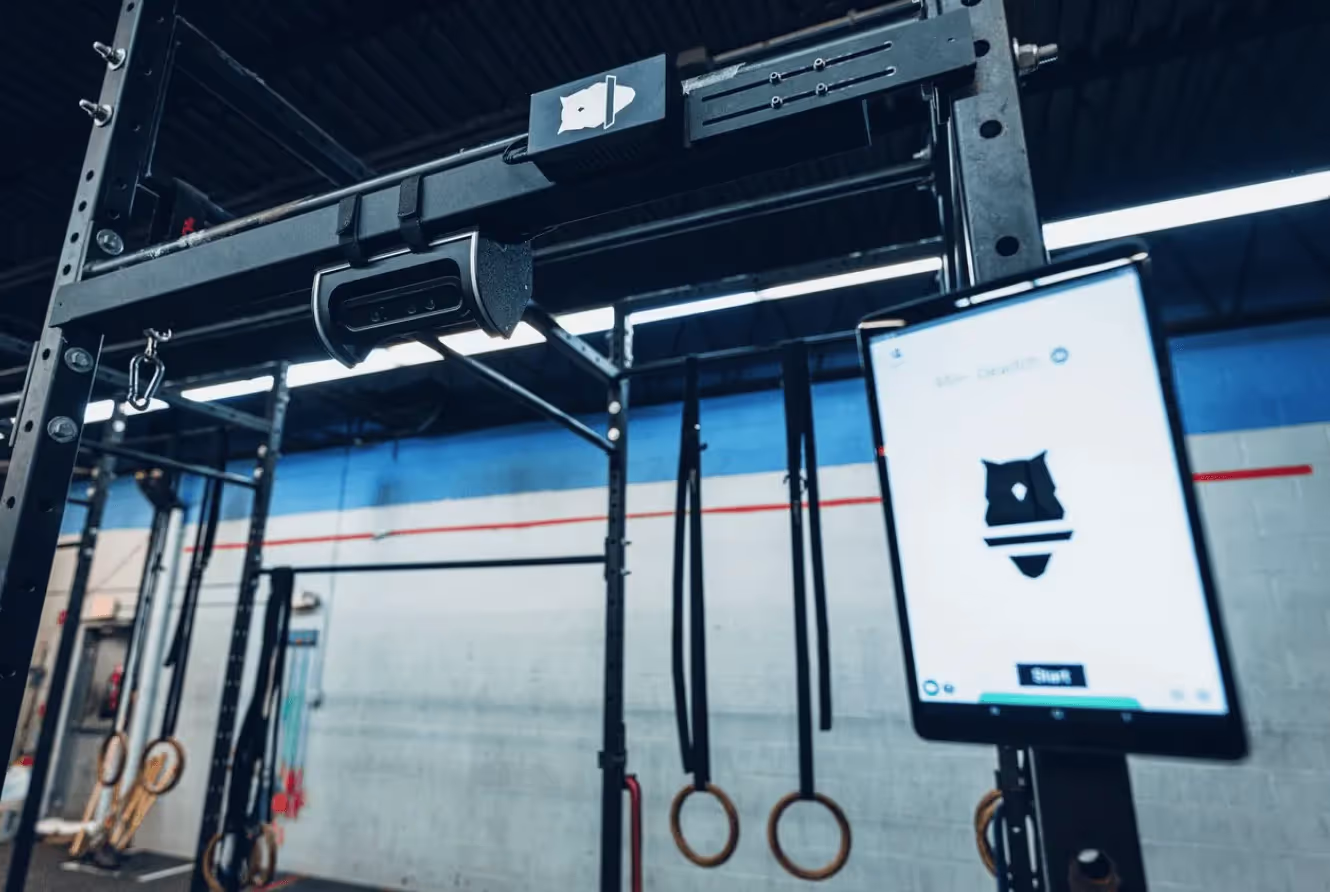
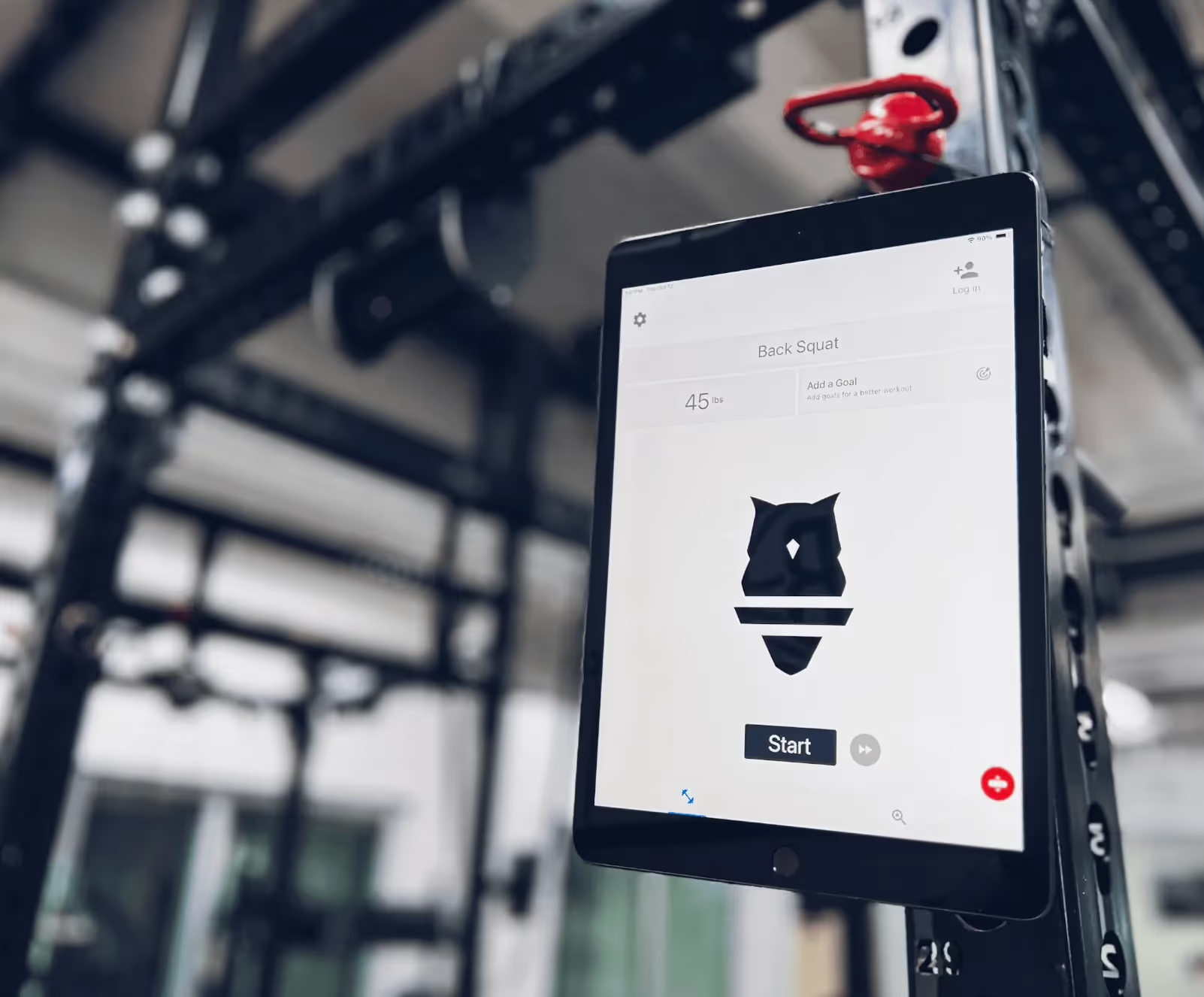



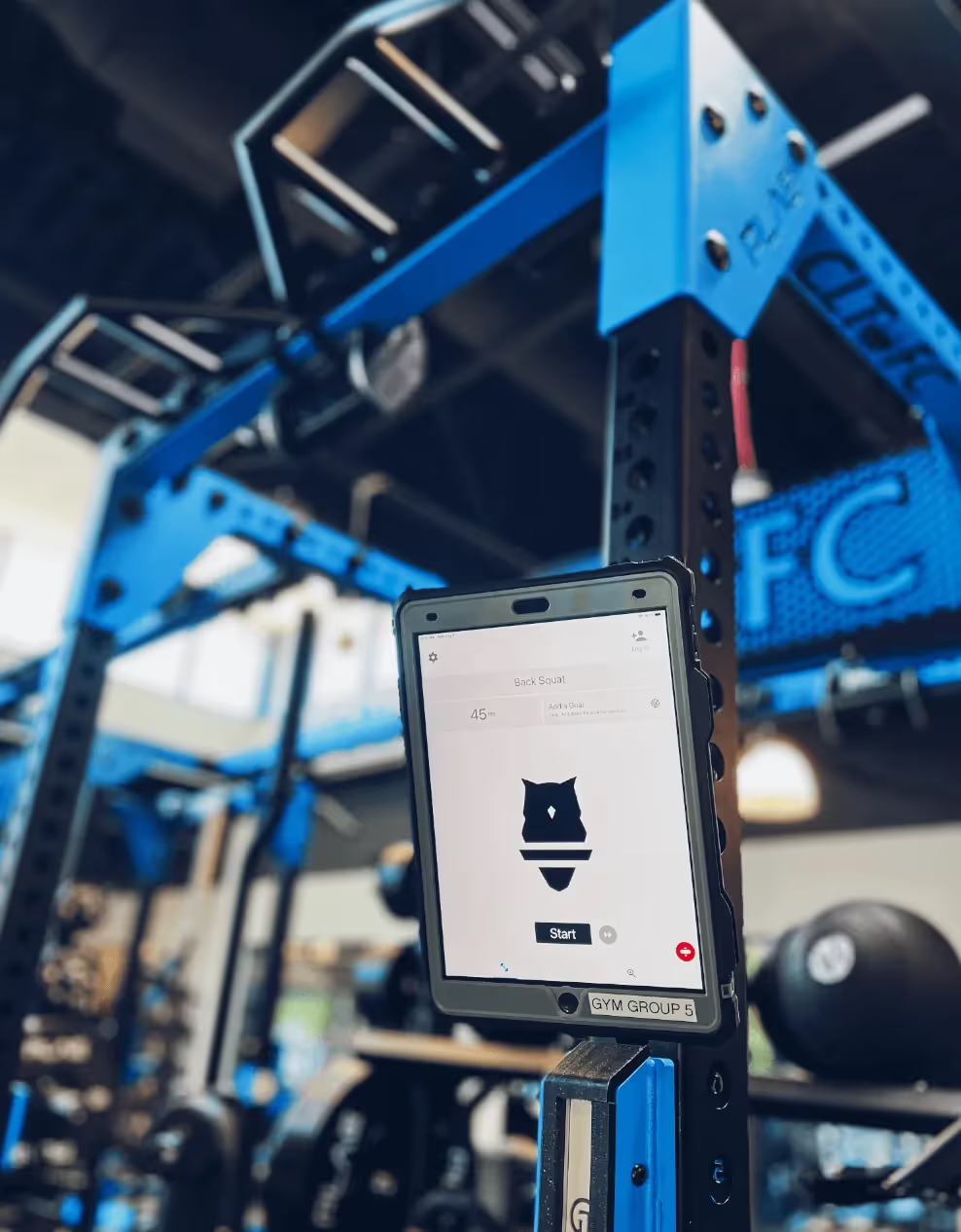
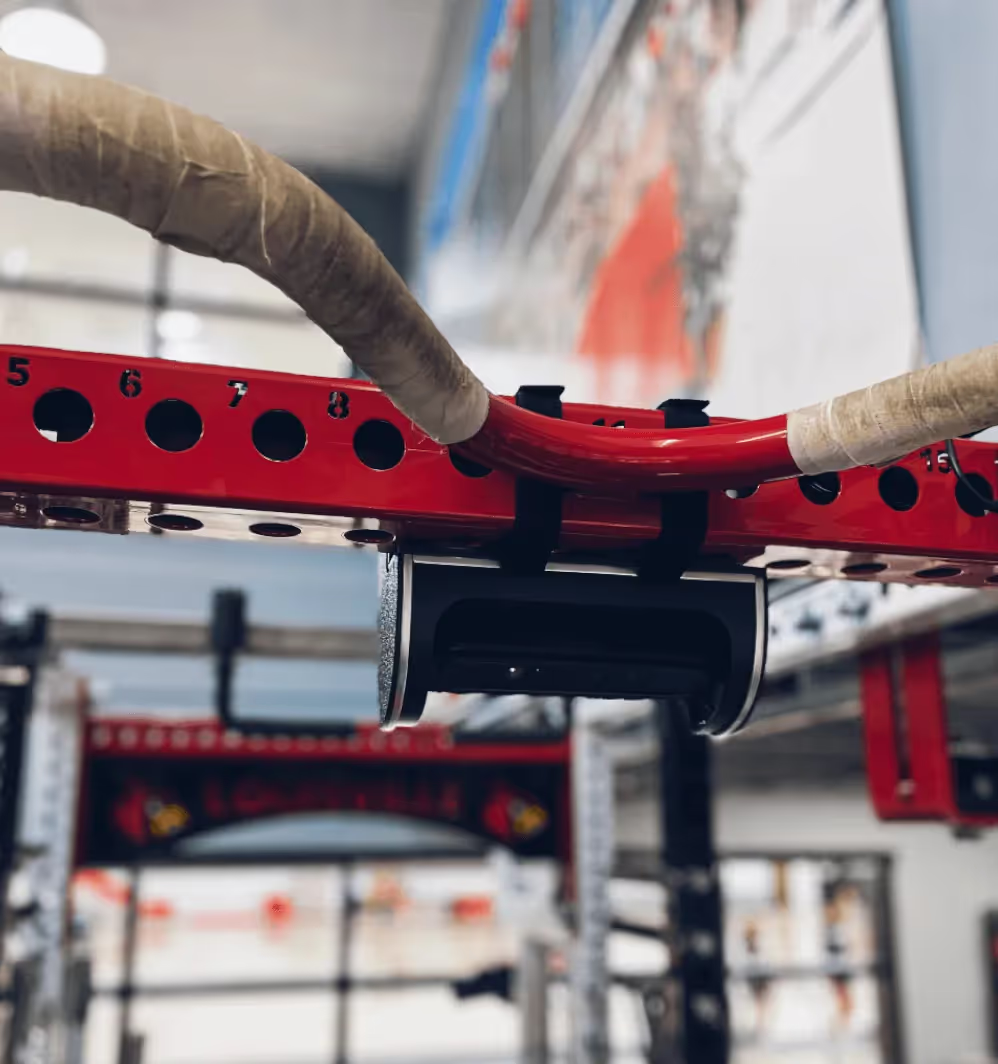






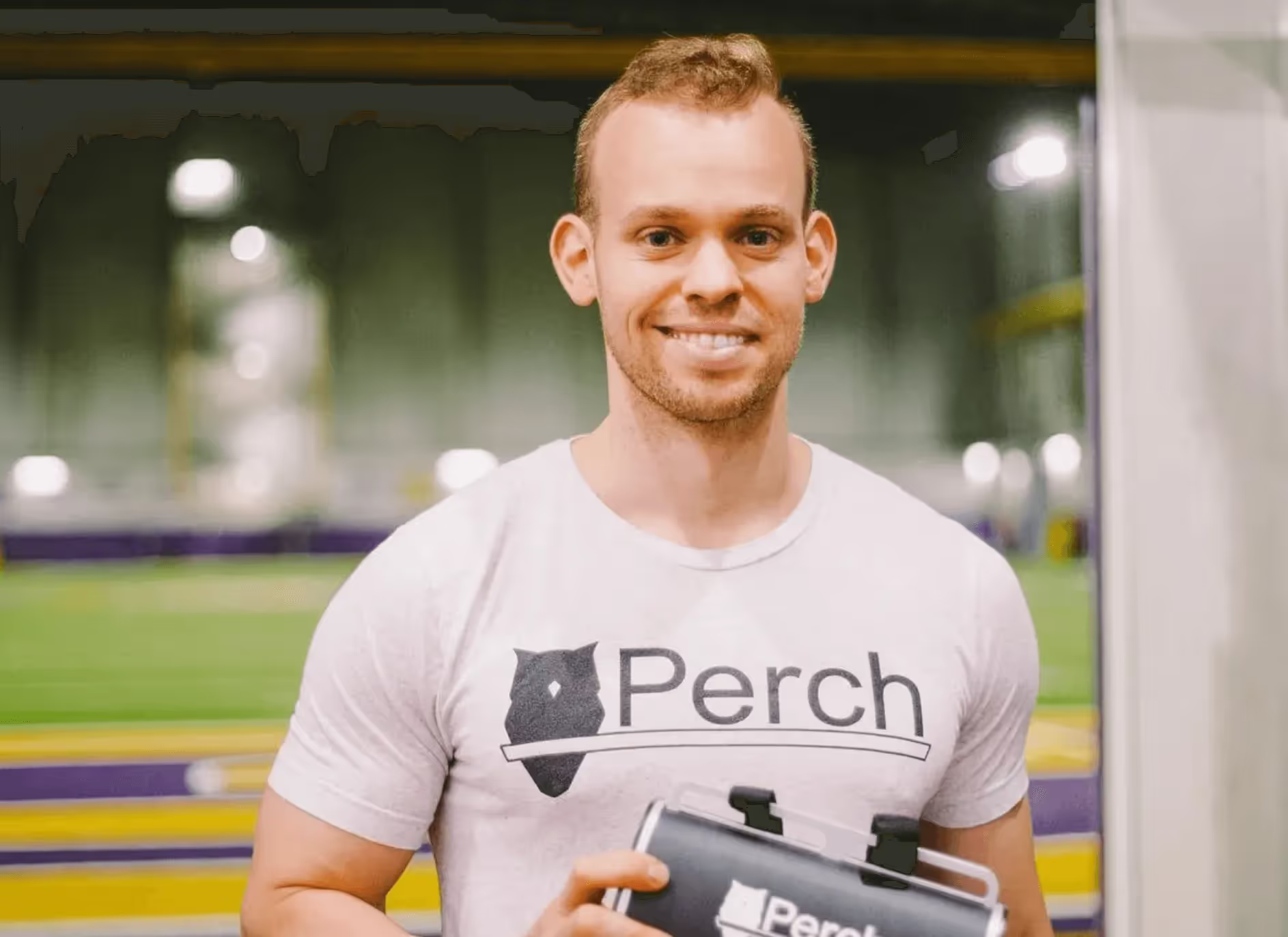


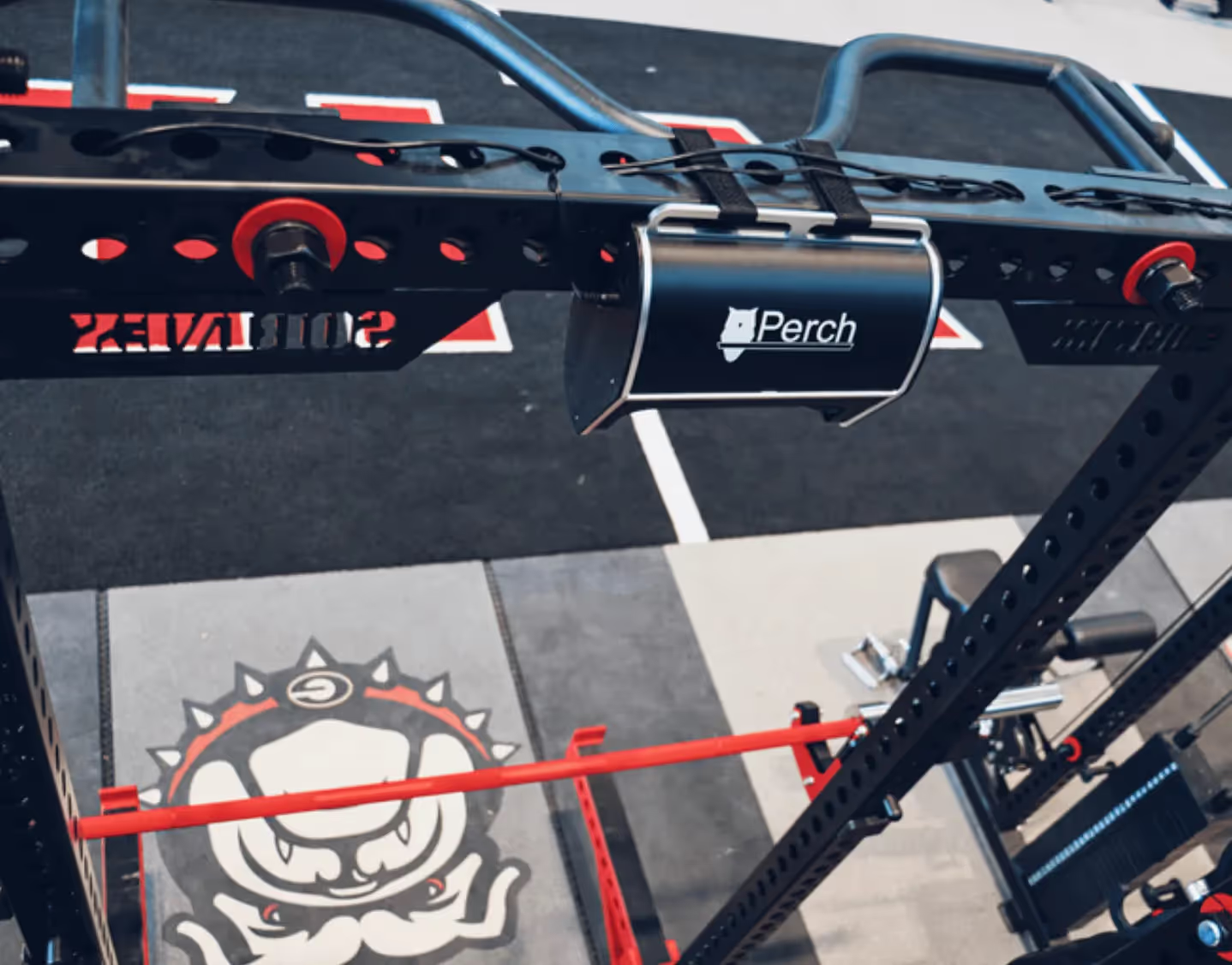


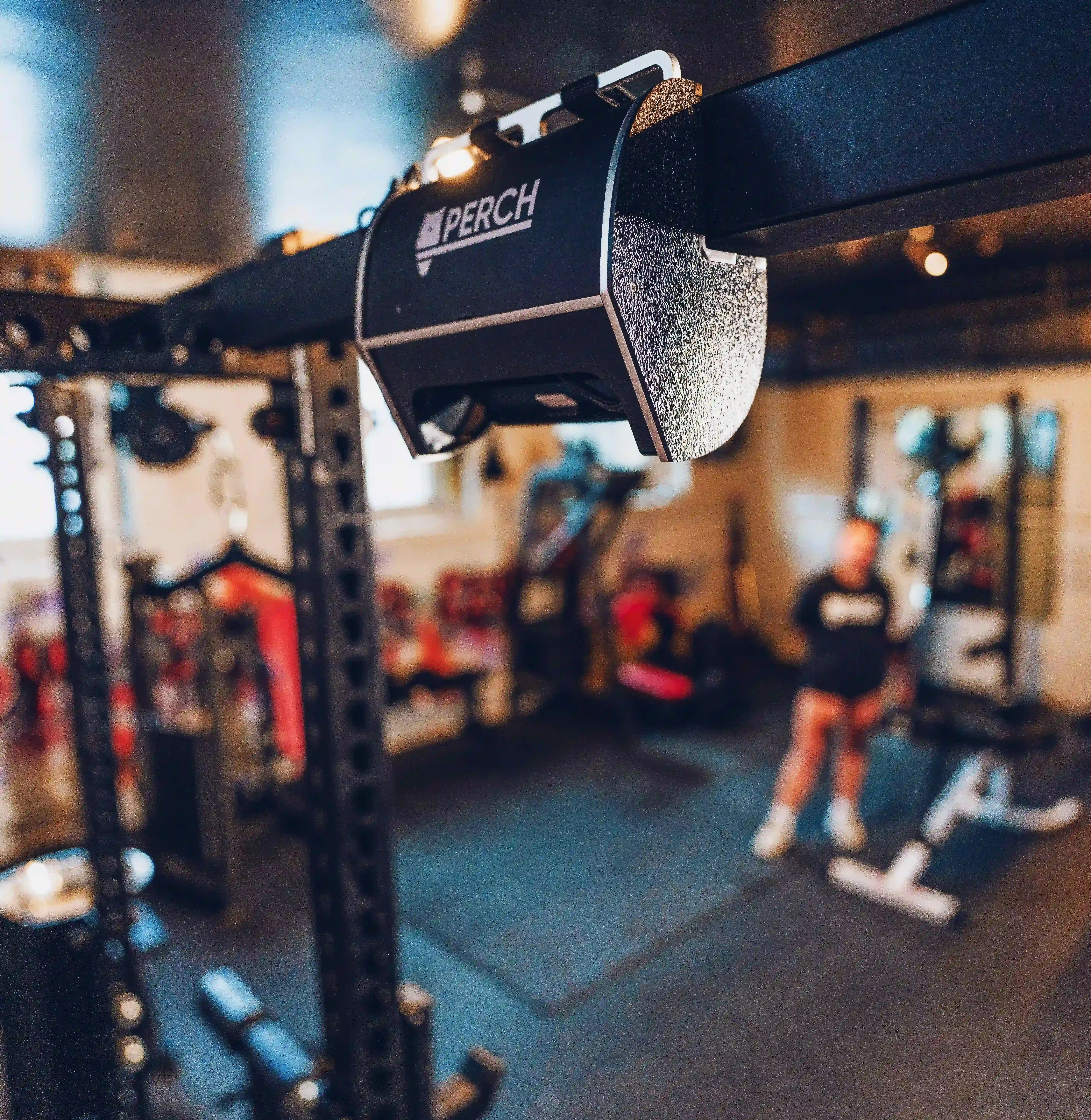


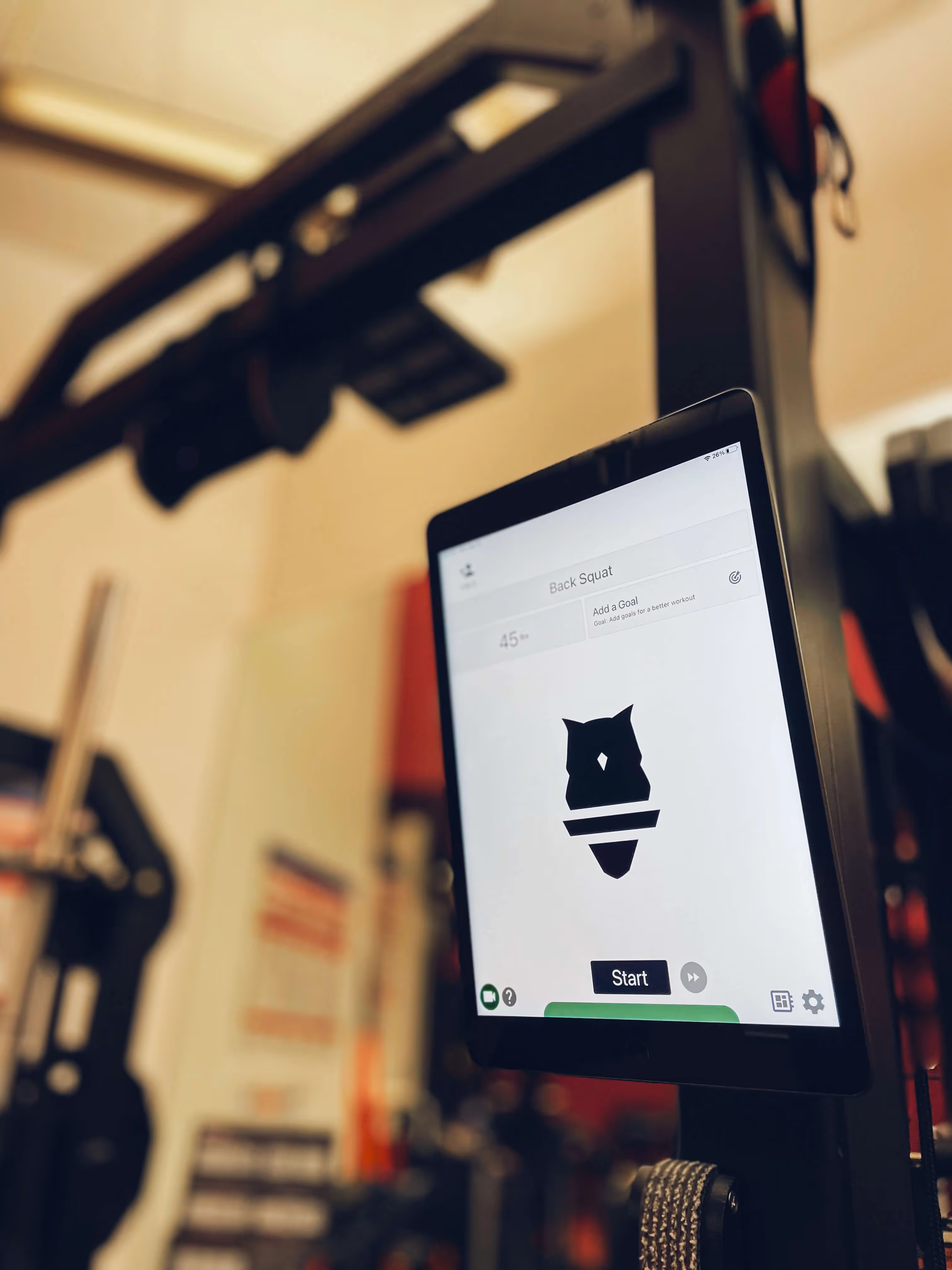

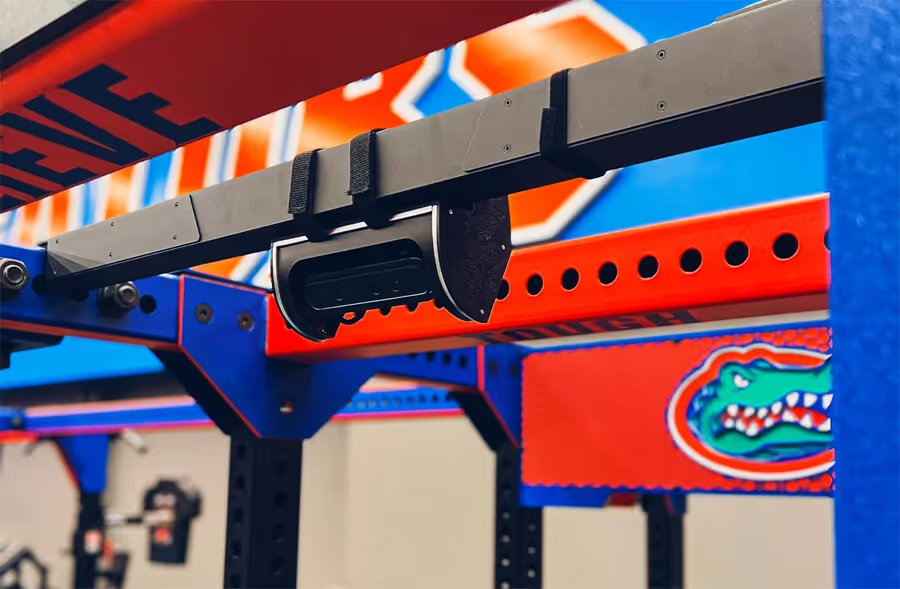
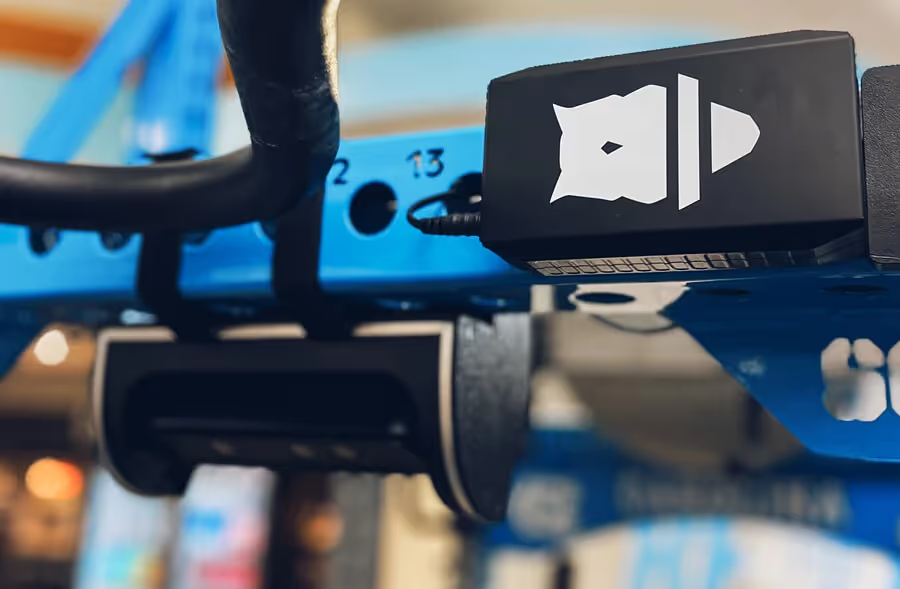

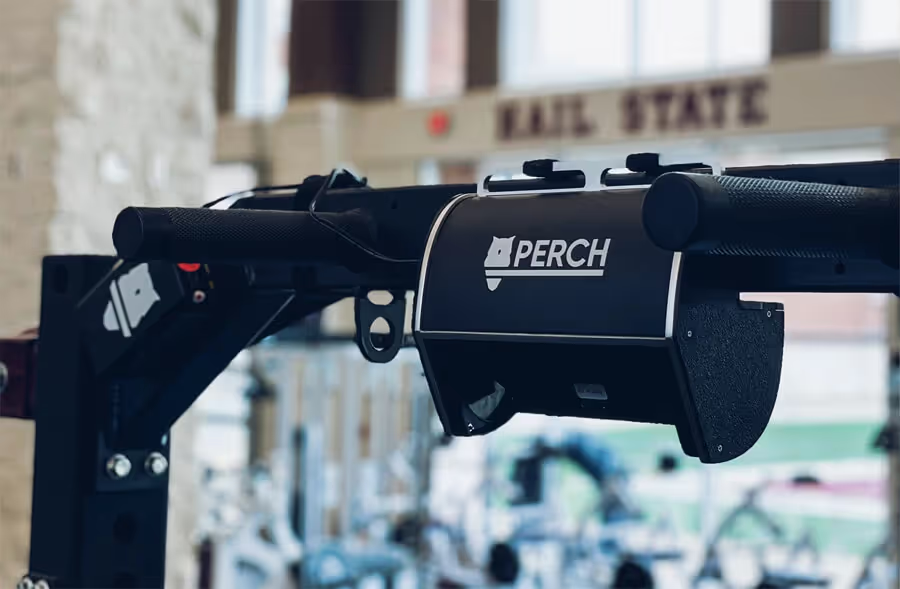



.avif)

